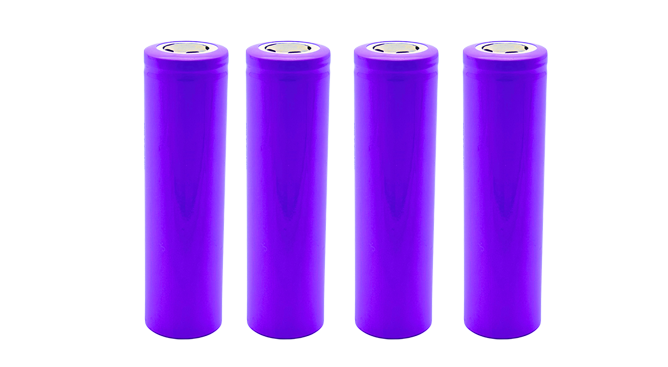The principle and production process of
18650 lithium battery?
The positive electrode material of lithium-ion batteries usually consists of active compounds of lithium, while the negative electrode is a special molecular structure of carbon. The main component of common positive electrode materials is LiCoO2. During charging, the potential applied to the two poles of the battery forces the compound of the positive electrode to release lithium ions, which are embedded in the carbon of the negative electrode arranged in a layered structure. During discharge, lithium ions precipitate from the carbon of the layered structure and recombine with the compound of the positive electrode. The movement of lithium ions generates an electric current.
Although the principle of chemical reactions is simple, there are many practical issues that need to be considered in actual industrial production: the positive electrode material requires additives to maintain the activity of multiple charging and discharging, and the negative electrode material needs to be designed at the molecular structure level to accommodate more lithium ions; The electrolyte filled between the positive and negative electrodes not only needs to maintain stability, but also needs to have good conductivity to reduce the internal resistance of the battery.

Inappropriate temperatures can cause other chemical reactions inside lithium-ion batteries to produce compounds that we do not want to see. Therefore, protective temperature control separators or electrolyte additives are installed between the positive and negative electrodes of many lithium-ion batteries. When the battery heats up to a certain temperature, the pores of the composite membrane close or the electrolyte denatures, increasing the internal resistance of the battery until it breaks, and the battery no longer heats up, ensuring that the charging temperature of the battery is normal.
Can deep charging and discharging increase the actual capacity of lithium-ion batteries? Experts clearly told me that this is meaningless. They even said that the so-called "activation" of using the first three full charges and discharges is also unnecessary. However, why do many people change the capacity indicated in the BatteryInformation after deep charging and discharging? It will be mentioned later.
.
Lithium ion batteries generally come with a management chip and a charging control chip. The management chip contains a series of registers that store values such as capacity, temperature, ID, charging status, and discharge times. These values will gradually change during use. Personally, I believe that the practice of "fully charging and discharging once a month or so" in the instructions should be mainly used to correct inappropriate values in these registers, so that the charging control and nominal capacity of the battery match the actual situation of the battery.
The charging control chip mainly controls the charging process of the battery. The charging process of
lithium-ion batteries is divided into two stages: constant current fast charging stage (when the battery indicator light is yellow) and constant voltage current decreasing stage (when the battery indicator light is green flashing). In the constant current fast charging stage, the battery voltage gradually increases to the standard voltage of the battery, and then enters the constant voltage stage under the control chip. The voltage no longer increases to ensure that it will not overcharge, and the current gradually decreases to 0 as the battery power increases, and finally the charging is completed.
The power statistics chip can sample and calculate the battery's power by recording the discharge curve (voltage, current, time), which is what we read in BatteryInformation However, after multiple uses, the discharge curve of lithium-ion batteries will change. If the chip does not have the opportunity to read the complete discharge curve again, the calculated power will be inaccurate. Therefore, we need deep charging and discharging to calibrate the battery chip.
